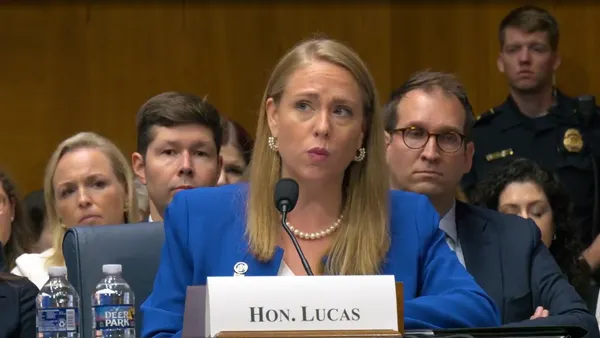Dive Brief:
- Both small and large businesses are struggling to deal with the opioid epidemic, stakeholders told Congress during a Feb. 15 House subcommittee hearing, The Opioids Epidemic: Implications for America's Workplaces.
- Employers are working on solutions, including employee assistance programs, but still face difficultly finding workers who can pass a drug test, representatives of the business community said.
- Still, answers for the broader problem elude lawmakers, Axios reports. Congress allocated $6 billion to address the problem and is about to take more action, but hasn't been specific about what that might involve. Policymakers have offered several proposals, including immediate treatment, new medical procedures, community rebuilding or involvement from law enforcement.
Dive Insight:
Lawmakers might not know the depth to which the drug addiction has affected the workforce, but by now, many have witnessed its impact. Opioid addiction is believed to be responsible for forcing 20% of men out of the workforce, research by a Princeton University economist shows. Employers once relied on drug testing to help maintain a workplace free of illegal substances but today, 25% to 50% of applicants reportedly fail drug tests, according to a report released in August, creating a talent sourcing problem in some areas.
As employers struggle to fill positions — a problem already made difficult by record-low unemployment and acute skills shortages — they're looking for ways to fight the epidemic. The cost in productivity and absenteeism is an estimated $10 billion a year.
Seeking to address the opioid epidemic's impact on the workplace, some employers investing in apprenticeship programs to train sober workers; partnering with agencies that provide treatment and counseling; and hiring parolees that must remain drug-free as part of their post-incarceration requirement.
CVS (which could soon enter the PBM market) is responding to the opioid epidemic by limiting opioid supplies to seven days for new patients, limiting the daily dosage based on the drug's strength and requiring immediate-release opioids to be issued before extended-release forms of the drug.












